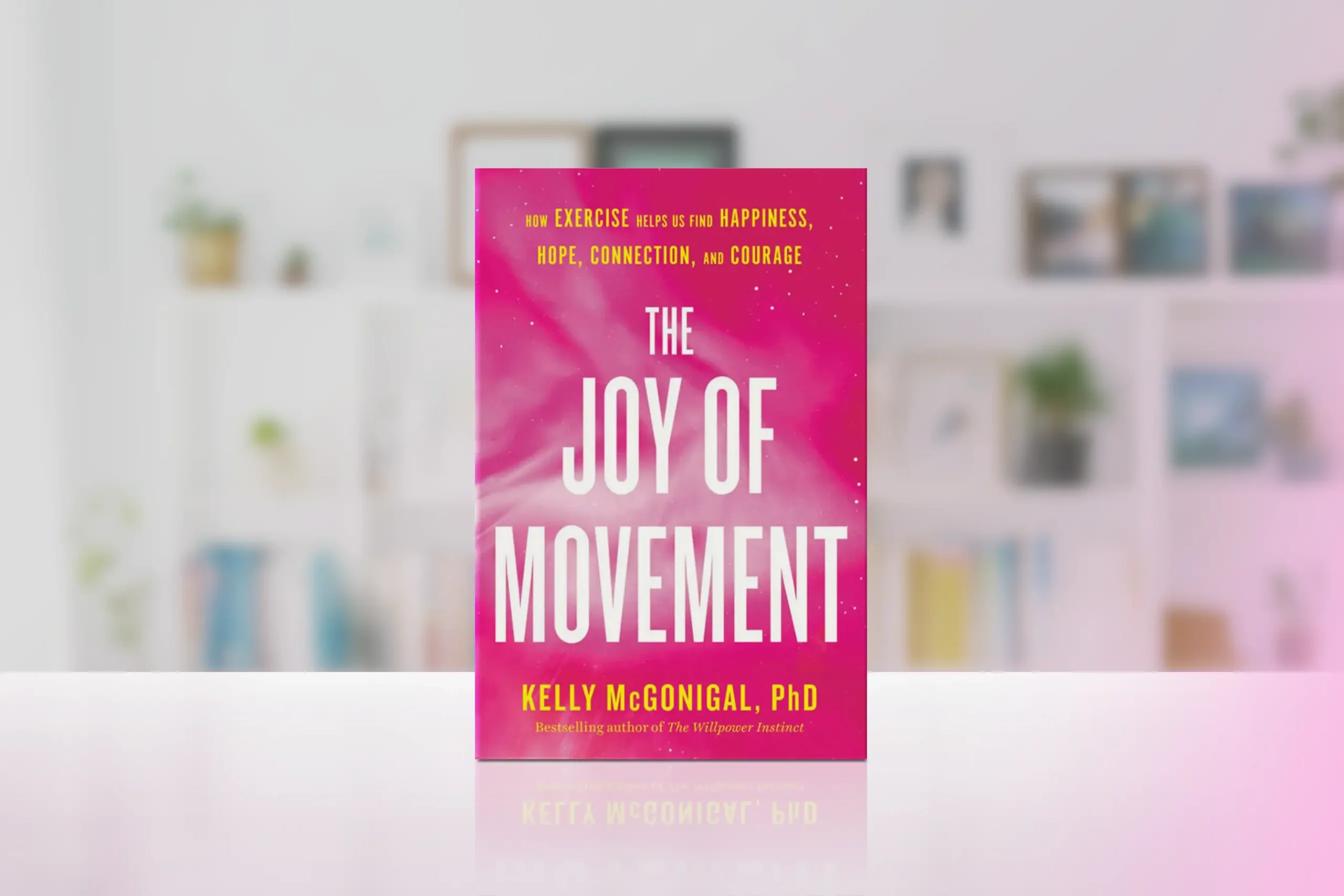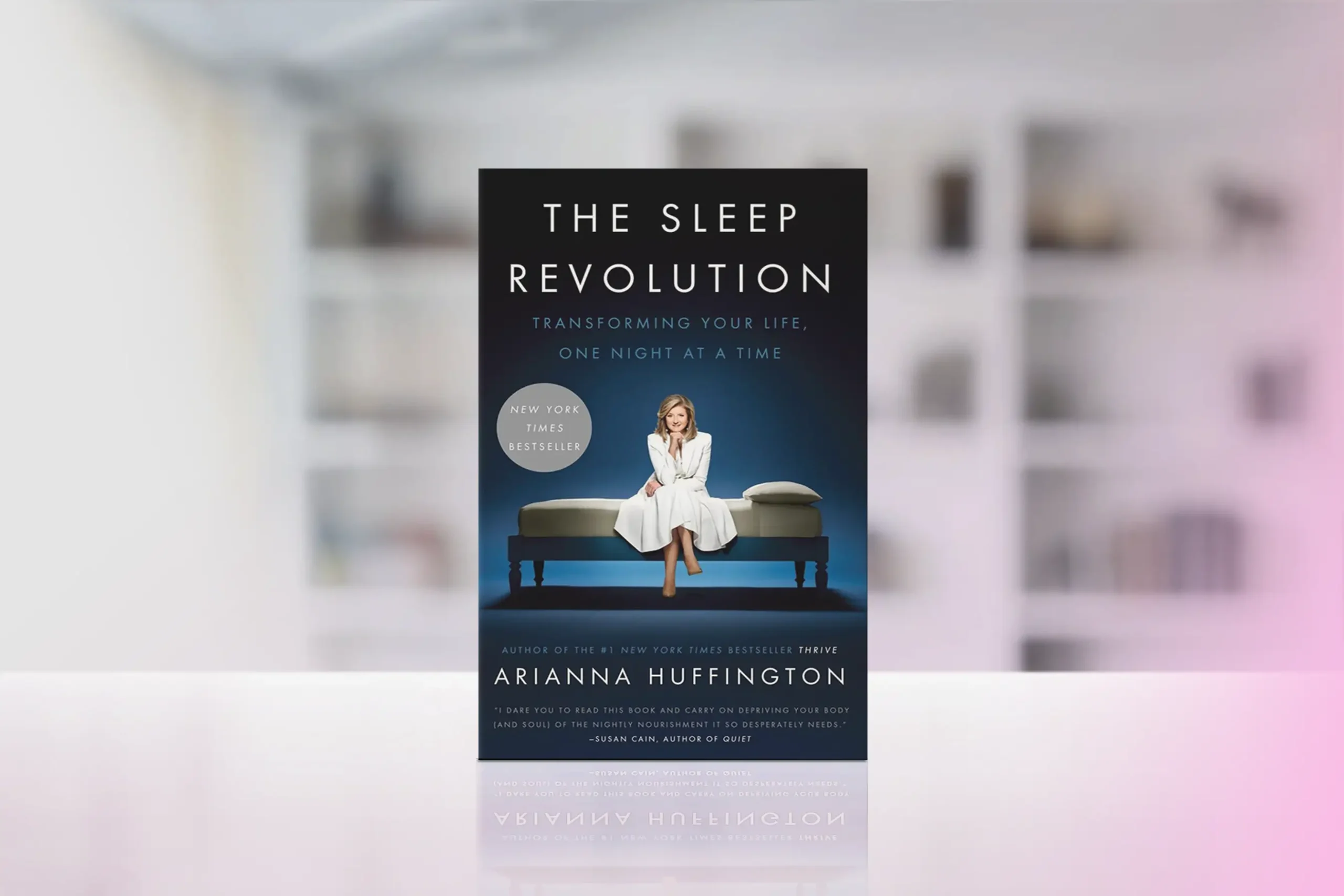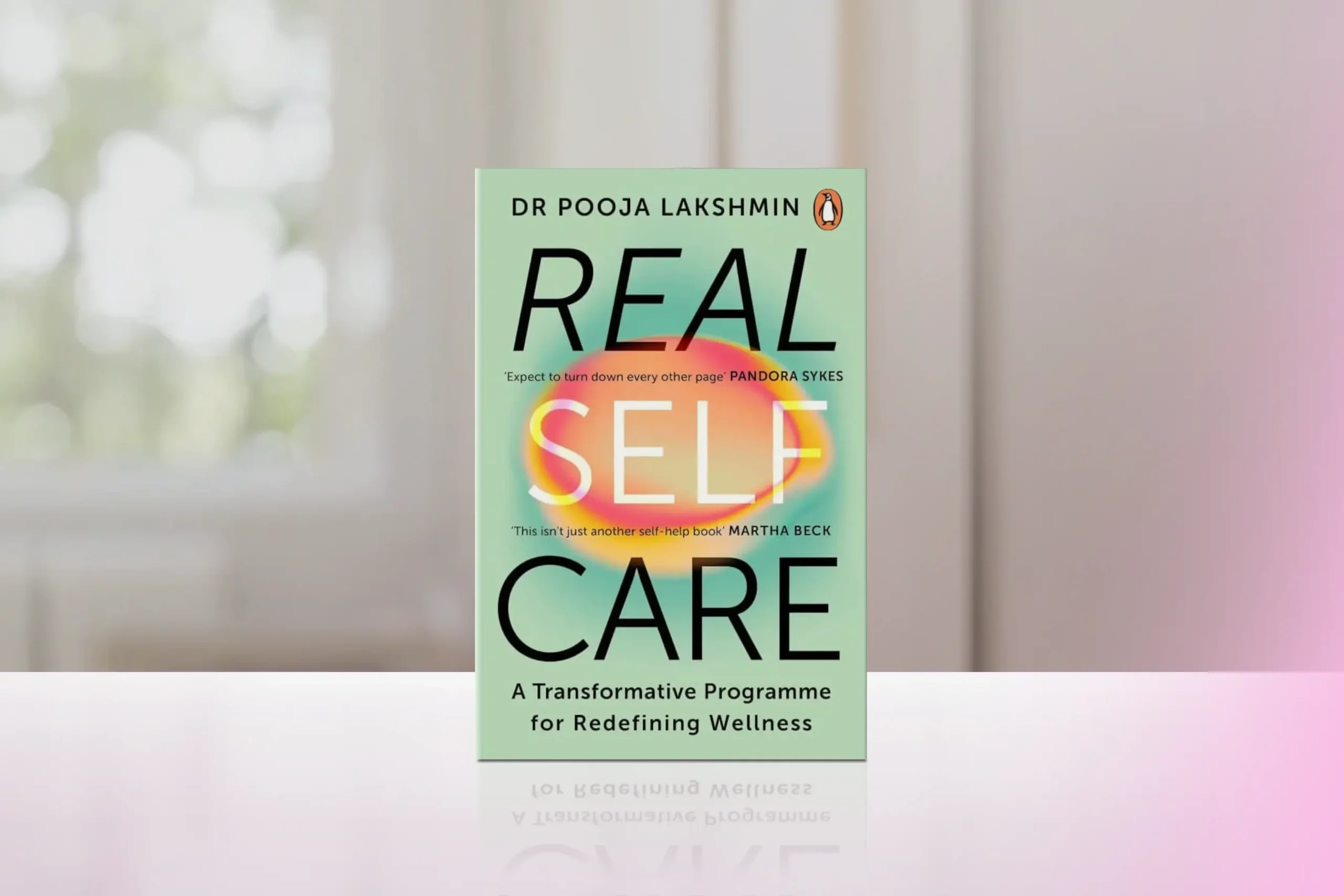“The Joy of Movement: How exercise helps us find happiness, hope, connection, and courage” upends everything you thought you knew about exercise. Rather than focusing on calories burned or miles logged, Kelly McGonigal dives deep into groundbreaking research that reveals how physical movement shapes our emotional landscape.
Published in 2019, this book charts the fascinating intersections of neuroscience and physical activity, demonstrating how movement – from gentle walking to intense training – cultivates happiness, builds resilience, and forges human connections.
Core Concepts
McGonigal weaves together cutting-edge research in neuroscience, psychology, and evolutionary biology to explain why movement is fundamental to human happiness. “The Joy of Movement” central premise revolves around three key ideas:
- Movement is a natural antidepressant that triggers the release of hope-promoting neurochemicals
- Physical activity creates powerful social bonds and collective joy
- Exercise can be a gateway to experiences of transcendence and self-discovery
These concepts are supported by both scientific research and compelling real-world stories, making the benefits of movement tangible and accessible to readers of all fitness levels.
Chapter-by-Chapter Review
The Persistence High
Explores the “runner’s high” and shows that endocannabinoids, not just endorphins, drive the pleasure from sustained movement. Even moderate exercise boosts mood, reduces anxiety, and strengthens mental resilience. Persistence in movement also helps people overcome challenges and builds a sense of accomplishment that extends beyond exercise.
Collective Joy
Shows how moving with others—dance, team sports, or rituals—creates social bonds, synchronized energy, and a sense of belonging. Shared movement amplifies joy, trust, and cooperation, making people feel connected to a larger community.
Music and Movement
Highlights how music enhances rhythm, coordination, and emotional experience. Pairing movement with music or expressive motion deepens enjoyment, encourages flow, and can transform ordinary exercise into a more uplifting, almost artistic experience.
Overcoming Obstacles
Covers how facing physical challenges develops courage, perseverance, and confidence. Pushing through fear, fatigue, or injury strengthens both body and mind, teaching resilience and helping people tackle challenges in other areas of life.
Nature and Movement
Demonstrates the benefits of exercising in natural environments. Green exercise improves mood, attention, and mental clarity, while fostering awe, connection, and a sense of being part of something larger than oneself.
Connected Through Movement
Concludes by showing how movement fosters long-term community and connection. Shared physical activity strengthens belonging, hope, and resilience, while giving people a meaningful way to engage with others and sustain joy over time.
Key Strengths
- Combines rigorous scientific research with engaging storytelling
- Offers practical, actionable advice for incorporating movement into daily life
- Presents a refreshingly positive approach to exercise that focuses on joy rather than obligation
- Includes diverse examples of movement, making it accessible to people of all abilities
Potential Drawbacks
- Some readers might find certain neurobiological explanations complex
- Could include more structured exercise programs or specific routines
- May not appeal to those seeking traditional fitness or weight loss advice
Who This Book Is For
This book is particularly valuable for:
- Anyone who has struggled to maintain an exercise routine based on traditional fitness motivations
- Mental health professionals interested in the connection between physical activity and psychological well-being
- Fitness instructors and personal trainers looking to better understand the emotional aspects of exercise
- Individuals seeking to rebuild their relationship with movement and physical activity
Final Review
“The Joy of Movement” succeeds in transforming our understanding of exercise from a chore into a powerful tool for happiness and connection. McGonigal’s approach is both scientifically grounded and deeply human, making it a compelling read for anyone interested in improving their quality of life through movement.
Rating: 4.5/5
This book offers a paradigm-shifting perspective on physical activity that could fundamentally change how readers approach movement in their lives.
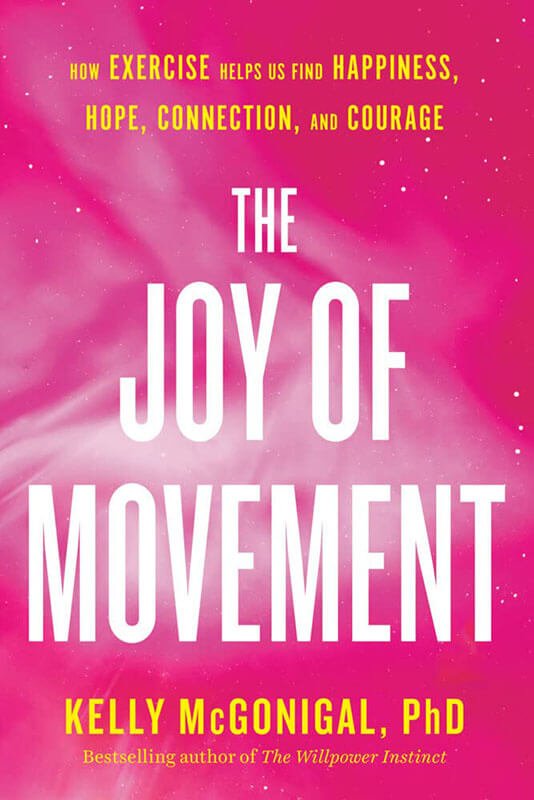
Alternative Books
For readers interested in exploring related topics found in “The Joy of Movement”, consider these alternatives:
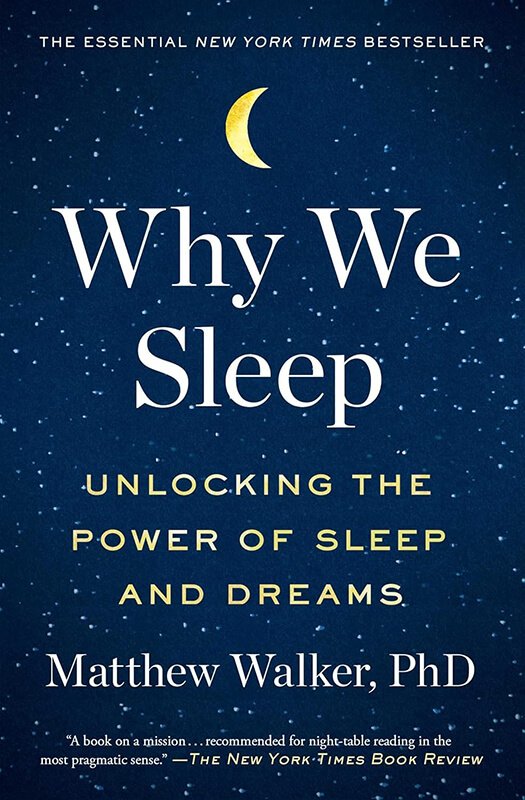
“Why We Sleep” by Matthew Walker
Provides deep insights into another crucial aspect of physical well-being: sleep and its impact on health and happiness.
Rating: 4.7/5
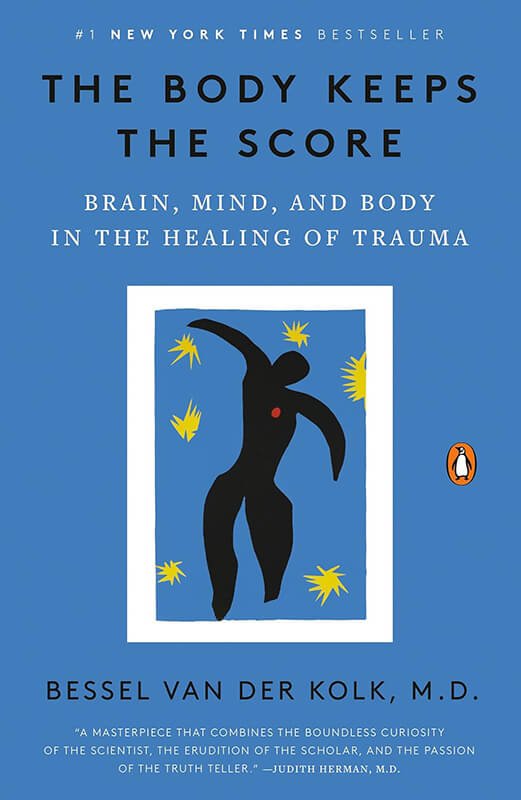
“The Body Keeps the Score” by Bessel van der Kolk
Explores the connection between physical and emotional well-being from a trauma-informed perspective.
Rating: 4.8/5
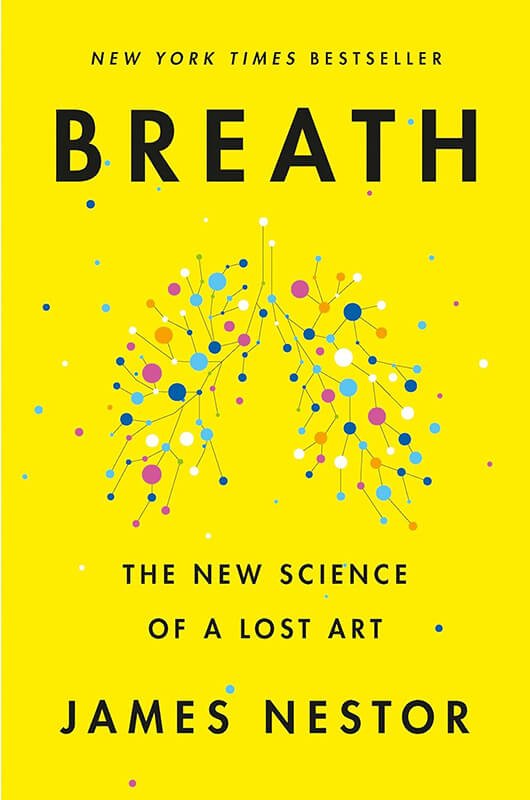
“Breath: The New Science of a Lost Art” by James Nestor
Examines another fundamental aspect of movement and well-being through the lens of breathing science.
Rating: 4.6/5

